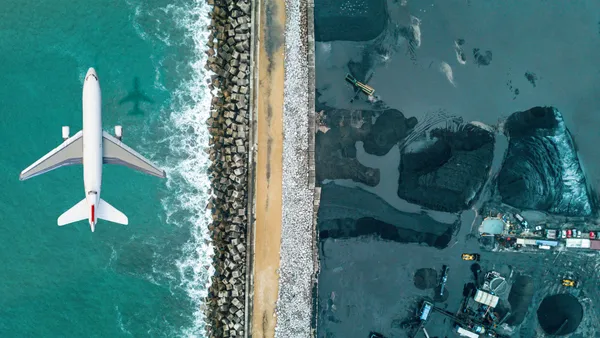Editor's NoteWelcome to our new series, "Moving parts: How the automotive industry is transforming." To read our in-depth coverage of how the automotive supply chain is dramatically shifting, follow the links below.
Automotive supply chains are among the most complex in the world, with each vehicle containing more than 20,000 parts originating from thousands of different suppliers.
Add technology into the mix, and you get an industry undergoing significant transformation in a variety of ways.
Furthermore, with production of electric vehicles increasing, all parts of the supply chain must evolve — suppliers are making new parts, automakers are working closely with those suppliers, and carriers are figuring out the best ways to transport electric car parts.
Are auto supply chains prepared to handle the transformations of the industry?
We explore these questions in our new series, Moving parts: How the automotive industry is transforming.
-
How suppliers are innovating to keep pace with the auto industry
Influenced by new computer systems, new manufacturing processes and innovative designs, neither vehicles nor auto manufacturing facilities look like they did a decade ago. Read More >>
-
How the auto industry gave rise to the 'Tier 0.5' supplier
Production of electric and autonomous vehicles has changed the traditional relationship between automakers and their vendors, as both parties attempt to stay ahead of the curve. Read More >>
-
Case study: What Tesla tells us about the auto industry
Tesla is experiencing growing pains, but has willingly invited more criticism than other young companies because the automaker is brazen enough to pronounce ambitious goals and, most boldly, insist that its vision of the future of the automotive industry is the definitive one. Read More >>
-
Electric cars, e-commerce present logistical challenges for automakers
Transporting dense, heavy batteries with hazmat issues will change logistics. Concerns over battery fires and weight will increase as batteries increase in density to hold more charge. Plus, shipping via ocean liner means exposing them to saline conditions. Read More >>













